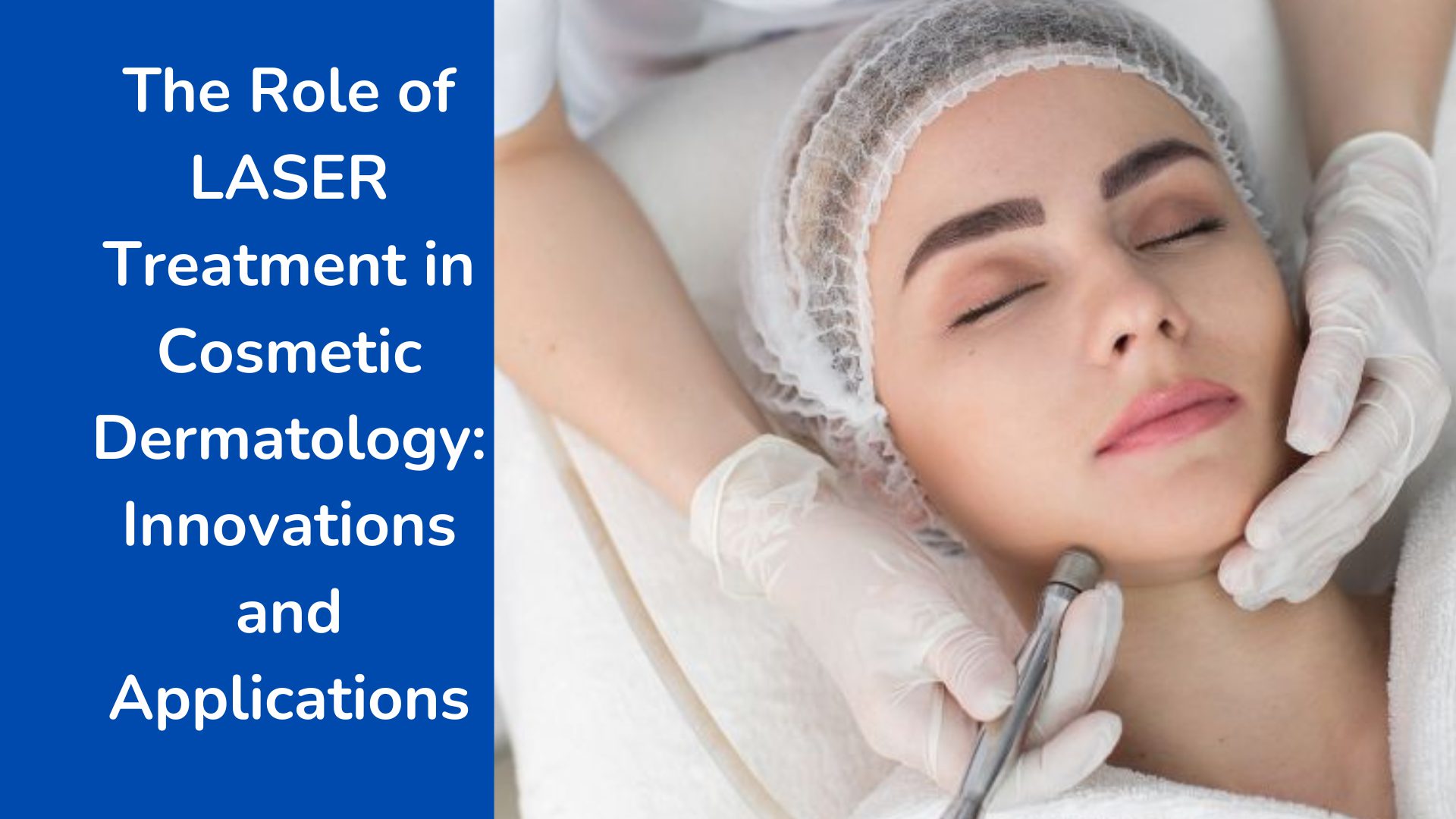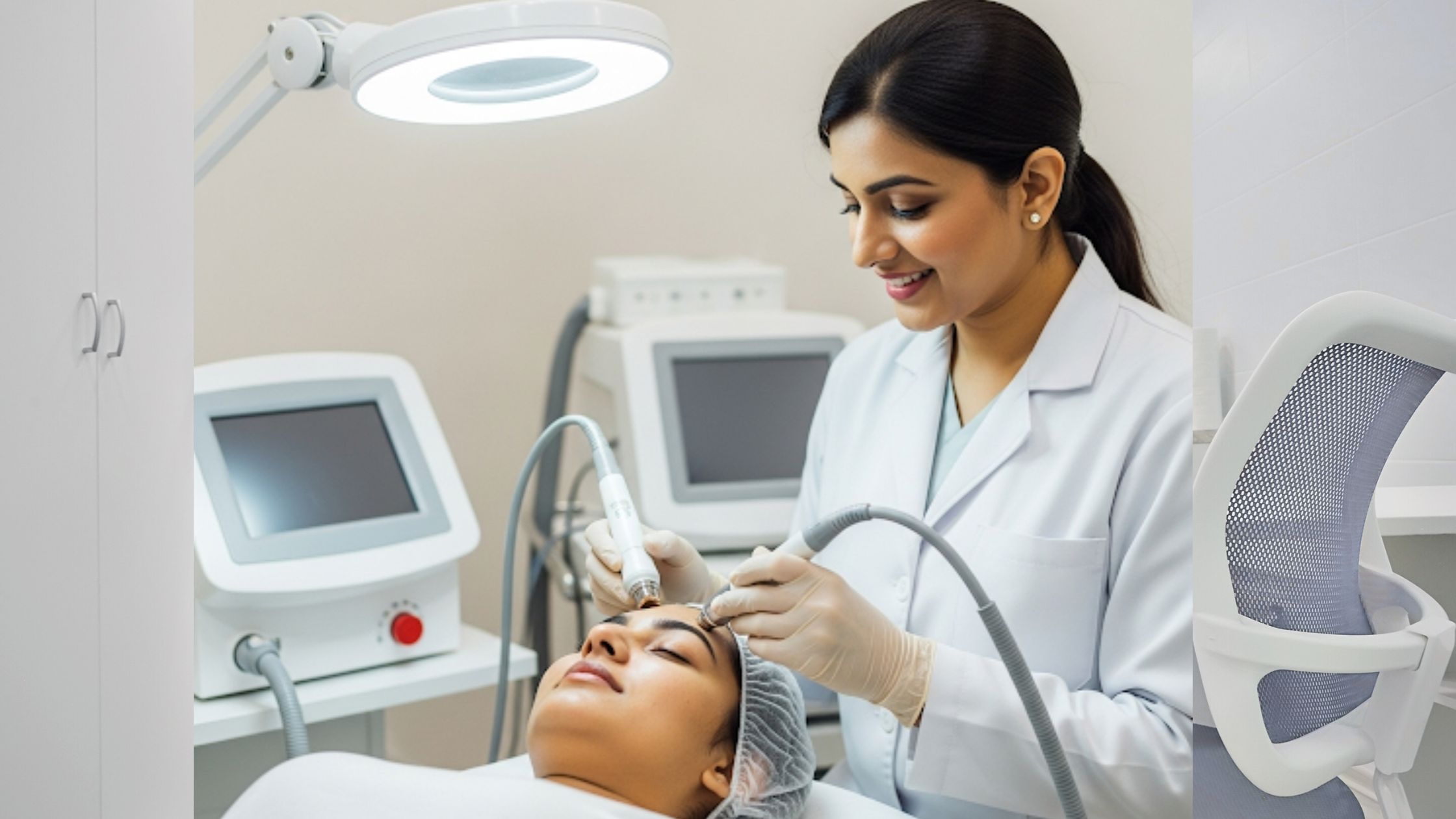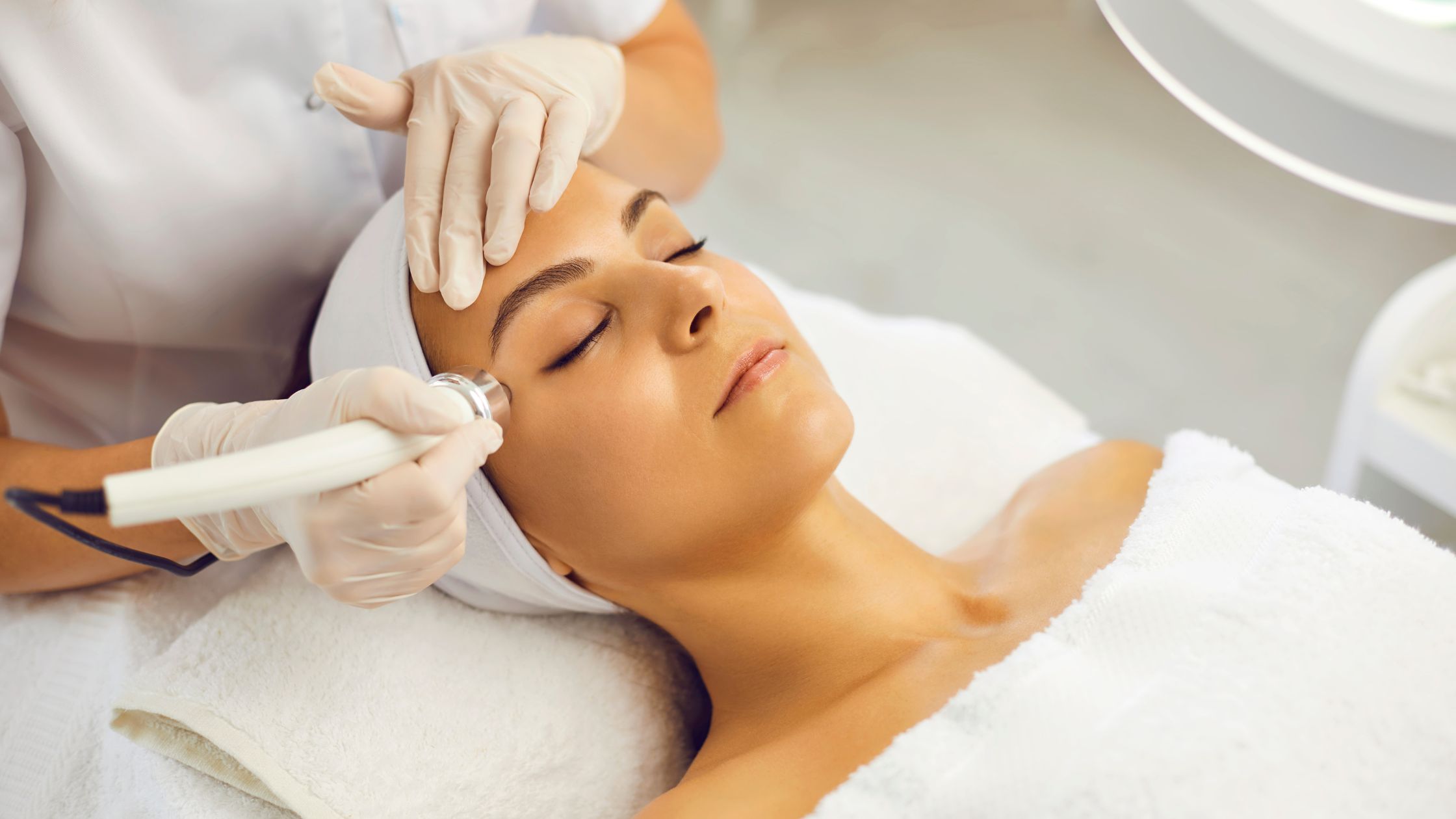LASER treatments have revolutionized the field of cosmetic dermatology, offering precise, non-invasive solutions for various skin conditions and aesthetic concerns. From skin rejuvenation to acne scar removal, LASERs have become an integral part of cosmetic dermatology practices, providing patients with effective and efficient treatment options. In this article you’ll explore the role of LASER treatment in cosmetic dermatology, highlighting recent innovations and practical applications.
How LASER Treatment Works
Mechanism of Action
LASERs use concentrated light energy to target specific areas of the skin. The light is absorbed by pigments or water in the skin, causing controlled damage that stimulates natural healing processes, including collagen production.
Types of LASERs
There are several types of LASERs used in cosmetic dermatology, including:
Ablative LASERs: Remove the outer layers of the skin, promoting new skin growth.
Non-Ablative LASERs: Heat the underlying skin tissue without damaging the surface, stimulating collagen production.
Fractional LASERs: Target a fraction of the skin at a time, leaving the surrounding tissue intact to speed up healing.
Innovations in LASER Technology
Picosecond LASERs
Overview: Picosecond LASERs are a significant advancement, offering shorter pulse durations that reduce the risk of skin damage while improving effectiveness.
Applications: They are widely used for tattoo removal, pigmentation issues, and skin rejuvenation.
Fractional CO2 LASERs
Overview: These LASERs offer a blend of ablative and non-ablative technologies, making them versatile for various treatments.
Applications: Commonly used for deep wrinkles, scars, and skin tightening.
Q-Switched LASERs
Overview: Q-switched LASERs deliver high-intensity energy in short bursts, making them ideal for targeting pigments.
Applications: Effective for treating melasma, age spots, and tattoo removal.
Advanced Cooling Systems
Overview: Innovations in cooling systems have made LASER treatments more comfortable for patients by minimizing heat-related discomfort.
Applications: These systems are integrated into devices like Nd:YAG LASERs, enhancing patient experience and reducing downtime.
Practical Applications of LASER Treatments
Skin Rejuvenation
Benefits: LASERs promote collagen production, reduce fine lines, and improve skin texture.
Popular Procedures: Fractional LASERs and non-ablative LASERs are commonly used for anti-aging treatments.
Acne and Acne Scar Treatment
Benefits: LASERs target the sebaceous glands, reducing acne outbreaks, and breaking down scar tissue.
Popular Procedures: Fractional CO2 LASERs and Q-switched LASERs are effective in treating acne scars.
Pigmentation Issues
Benefits: LASERs can selectively target melanin, reducing hyperpigmentation and evening out skin tone.
Popular Procedures: Picosecond LASERs and Q-switched LASERs are widely used for this purpose.
Tattoo Removal
Benefits: LASERs break down tattoo pigments into smaller particles, which are then naturally removed by the body.
Popular Procedures: Q-switched LASERs and picosecond LASERs are the most effective for tattoo removal.
Hair Removal
Benefits: LASERs target hair follicles, reducing hair growth over time.
Popular Procedures: Nd:YAG LASERs and diode LASERs are commonly used for hair removal.
Safety and Considerations
Side Effects
Common Side Effects: Redness, swelling, and temporary discomfort are common but usually subside within a few days.
Risk Factors: Inexperienced practitioners or inappropriate LASER settings can lead to complications such as burns, hyperpigmentation, or scarring.
Post-Treatment Care
Importance: Proper aftercare is crucial to ensure optimal results and minimize the risk of side effects.
Best Practices: Patients should follow the expert’s instructions, which may include avoiding sun exposure, using prescribed creams, and keeping the treated area clean.
Conclusion
LASER treatments have become an essential tool in cosmetic dermatology, offering patients a wide range of options for improving their skin’s appearance. From innovative technologies like picosecond and fractional CO2 LASERs to practical applications in skin rejuvenation, acne treatment, and more, LASERs continue to evolve and provide unparalleled results.
Whether you are an aspiring cosmetic dermatologist or an experienced medical professional looking to enhance your expertise in beauty and aesthetic treatments, IBCD offers the education and support you need to succeed. Join us and take your career to the next level with our comprehensive courses, including Clinical Cosmetology and Cosmetic Dermatology, are designed to equip professionals with the knowledge and skills needed to excel in this dynamic field.
These courses cover the latest techniques in LASER treatments, ensuring that our students are well-prepared to offer cutting-edge services to their patients.








